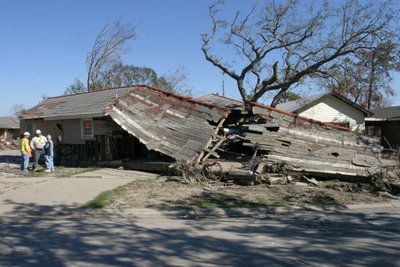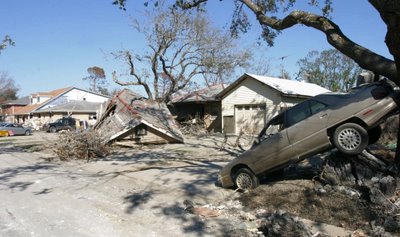Unforeseen? Of course it was Foreseen!
Referring to the government report which said the levee failure mechanism was not predictible, "...two University of California-Berkeley professors leading a 34-member National Science Foundation investigation into the levee failures said the 1986 corps research make those claims "unfortunate" and "inaccurate.", according to the Times Picayune story.
"Ray Seed and Bob Bea said the 20-year-old test, which included constructing floodwalls on existing levees and raising water levels to determine what pressures the walls could withstand, resulted in the same kind of collapse that toppled the 17th Street structures and flooded much of the city."
So just maybe it was their fault, after all.






